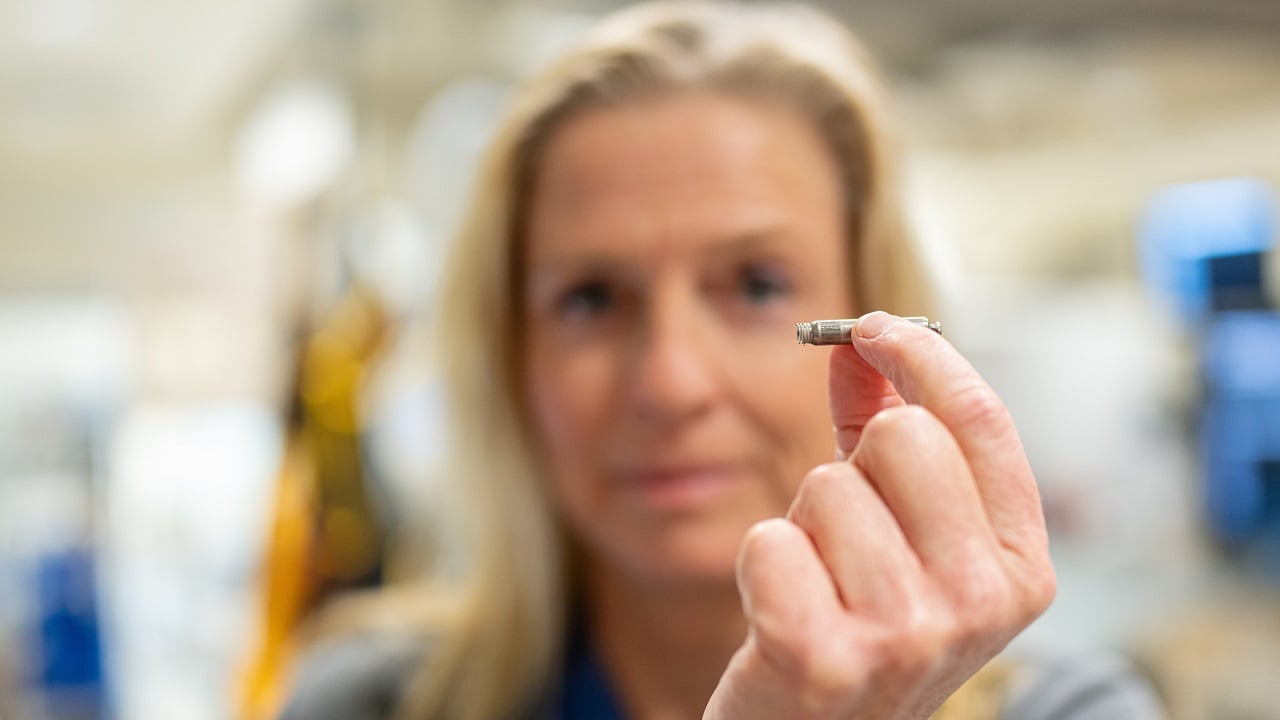Balloon Pulmonary Angioplasty (BPA)
Chronic blood clots in lung arteries can cause CTEPH, which impairs the quality of life. Some patients can be helped by balloon pulmonary angioplasty (BPA), a minimally invasive treatment.
UC San Diego Health is a worldwide leader in the treatment of chronic thromboembolic pulmonary hypertension (CTEPH) in several ways, including BPA, pulmonary endarterectomy (PTE) surgery and medical therapy.
Our pulmonary vascular specialists have performed more than 1,000 BPA procedures, more than any other medical center in the country.
What is Balloon Pulmonary Angioplasty?
Balloon pulmonary angioplasty is an approach for CTEPH patients who are not good candidates for surgery or have residual pulmonary hypertension.
The BPA procedure uses balloons to open blood vessels that have been chronically narrowed or blocked. This restores blood flow to the lungs, reduces shortness of breath, and increases exercise tolerance.
Expert Evaluation for BPA
Our specialists are leading experts in evaluating patients with CTEPH. We evaluate you based on a review of your medical records and several tests performed at UC San Diego Health.
After you complete the examination, our team will recommend whether PTE, BPA, or medical therapy is the best treatment.
What to Expect During Balloon Pulmonary Angioplasty
The procedure is performed in our cardiac catheterization lab by a specially trained multidisciplinary team. Patients receive local anesthesia and moderate sedation but are still awake.
A long, thin tube called a catheter is inserted into the artery through the neck or groin and a second hollow tube is introduced through the catheter and passed to the diseased lung vessels.
Your operating team takes X-ray images and measures pressures in the narrowed vessels. A thin wire is guided through the vessels, and a deflated balloon is directed to the site of the blockage.
The balloon is inflated to disrupt the chronic blood clots and press the clots to the walls of the arteries. This opens a pathway and restores blood flow. The balloon is then deflated and removed. Multiple blood vessels are treated during each BPA procedure.
How Long Does BPA Take?
- Each BPA procedure takes approximately two to four hours.
- To adequately treat CTEPH, most patients require four to six separate BPA procedures.
- Often, two procedures are performed over two weeks, and patients return in one to three months for subsequent treatments.
- The total number of treatments and timing varies from patient to patient.
- Following BPA, patients typically spend one night in the hospital for observation and are discharged the next day.
Follow-Up After Balloon Pulmonary Angioplasty
You can follow up with your referring physician and return back to UC San Diego Health in one to three months for more treatment sessions if needed.
Our Specialists
Cardiovascular Locations
See heart care locations conveniently located around San Diego County.




